We know the cost of prescription drugs is increasing. It seems every time we turn around, one medication or another costs more. However, there are ways you can trim the costs and save money on your prescription drugs. Let’s take a look.
1.) Do Not Trust Discounts
There are many drug manufacturers that will dole out coupons and discounts for their medications. They will supply doctors with these coupons, who hand them out willingly. While these discounts may seem like a good idea, they may not be as appealing as they appear. These coupons will save you money up front, but you might end up paying higher insurance premiums later on.
2.) Shop Around and Compare Drug Prices
Many people may not realize that you need to do comparison shopping for prescription medications, just as you need to do it for any other commodity, such as coffee and toilet paper. Talk to your doctor about different brand name and generic versions of a drug. You can even visit the Federal Drug Administration (FDA) website to find generic equivalents to the drugs you take. There might be some brand names that cost less than others and the generic version will cost less than the brand name. Consider heart medications. The price of the popular beta blocker Sectral is higher in price than its generic equivalent, Acebutolol.
3.) Hit Mass Market and Online Pharmacies
Remember that prescription drugs are sold at different prices depending on where you shop. The larger the supply, the lower the costs. Check out your local mass market pharmacies and especially licensed online Canadian pharmacies, to find medications at a much lower cost — up to 90% in some cases and 70% on average. Online pharmacies have far lower overhead costs, no government price restrictions and serve a larger market, so they can sell for much less. You can freely use eDrugSearch.com to safely compare drug prices from licensed online pharmacies.
4.) Know the Dates on Patent Expiration
This has to do specifically with generic vs. brand name. While your doctor is a great source of information, he or she may not be aware of what is going on in the world of prescription drug patents and will still prescribe the brand name when a generic or over-the-counter equivalent is available. It would be wise to take the time to look at the drugs you take and the date of patent expiration. If you find an alternative to the brand name, ask your doctor to prescribe that for you.
5.) Consider Over-the-Counter Options
Over-the-counter (OTC) medications generally cost less and many medications that were once only attainable via prescription are now available OTC. Nicorette gum, the stop-smoking aid, was once only available via prescription, but became available OTC in 1996. In 2002, the patent on non-sedating antihistamines expired and Claritin went from being a prescription drug to being an OTC drug. More recently, the acid reflux medication Nexium became available OTC. Other drugs that have switched from prescription to OTC over the past few years include Alli, Prilosec, Zantac, and Zyrtec. Just remember that drug companies will do everything they can to ensure the prices of their drugs stay high as long as possible. They will go to court to delay the expiration of a patent long enough to create a similar drug they can patent to take the old drug’s place. If you see a medication you are taking is about to go OTC, then you may have to wait six months or so before it comes down in price, but your patience will pay off.
Be diligent and do your homework — you can easily find cheaper ways to save money on your prescription drug costs. Your doctor may or may not be able to help, by consulting the FDA website for finding cheaper generic equivalents and performing drug price comparisons from eDrugSearch.com, this will definitely help you find cheaper alternatives, guaranteed.

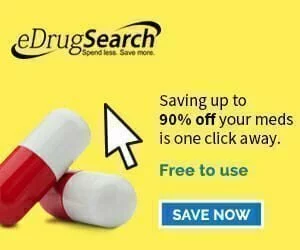
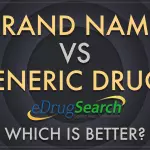

 Online prescription drugs: To buy or not to buy?
Online prescription drugs: To buy or not to buy?
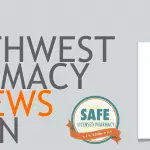


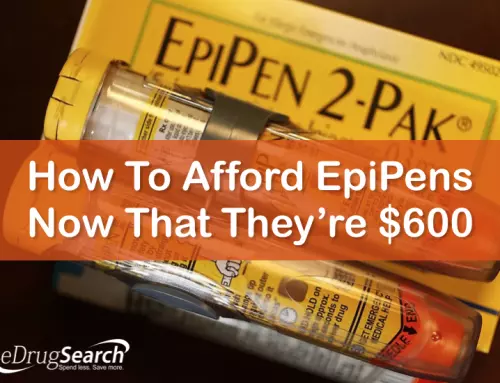
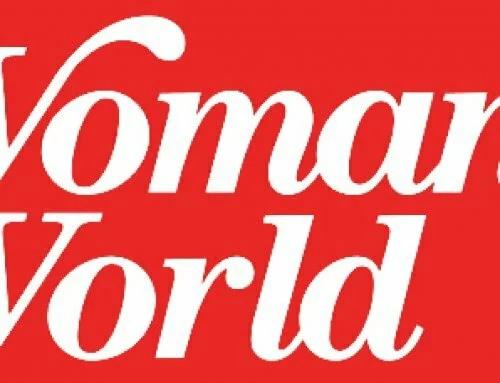
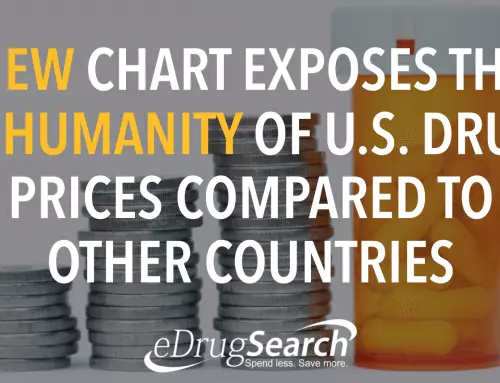
![[Video] Pharma “Bad Boy” Martin Shkreli Refused to Testify to Congress](/wp-content/uploads/2016/02/Pharma-22Bad-Boy22-Martin-Martin-Shkreli-500x383.png)

![12 Ways to Save Money on Your Diabetes Medications [Cheat Sheet]](/wp-content/uploads/2015/12/12-Ways-to-Save-Money-on-Your-Diabetes-Medications-500x383.png)
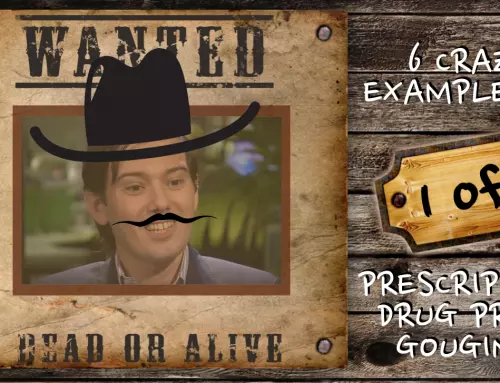
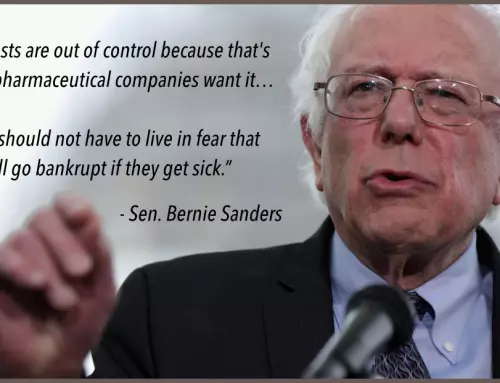

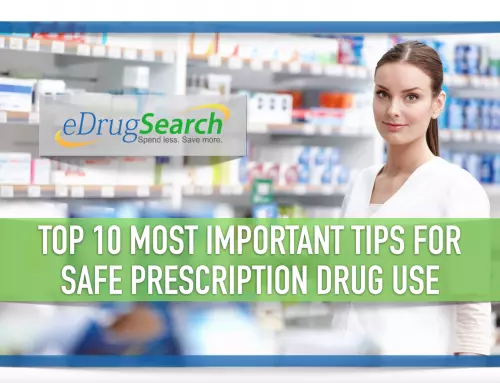
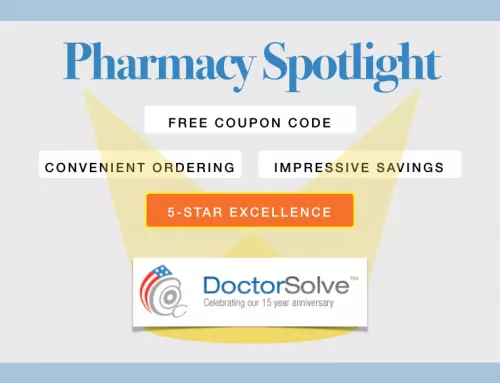





Leave a Reply
Be the First to Comment!